Journeying to Japan’s Horyu-ji Temple
Shortly after my family and I were done packing and getting ready to leave Japan’s (semi-rural) Gunma Prefecture when we were on holiday in 2016, a phone call came. One of my mum’s friends asked to meet up and surprised her with a number of parting gifts, one of which was a book titled The Building of Horyu-ji. We were actually there to visit a Japanese family, who had previously hosted my mother under the JICA programme back in 1989, so this particular friend did not want to meddle in our affairs out of respect he had for the other family. While I’ve yet to read the book, my mum has read it. Little did I know that the book and my mum’s interpretation of it would serve as the motivating factors for my family and I to visit the temple, hailed the world’s oldest wooden structure located in Nara. So, when we had some time to spare in May 2018, we made another trip to the country and reserved the final day in our itinerary for the UNESCO Heritage Site. Note that history has never been my strong point. Plus, very few have heard of Horyu-ji Temple. Even after researching online the night before, we were still only 60% confident. So, to get there, we took the chance and relied almost entirely on what we had gathered.
From what we understood, we were supposed to take the Yamatoji Rapid Line to Nara. Then, find the one shuttle bus that would lead us there. Easy right? Heck, we would have missed our train stop and gone all the way to Nara if not for my father’s discovery at the last minute. A Japanese man whom my father had asked saw the opportunity to practise his English. So, he tried his best to explain to us in the language, and it eventually occurred to us that there was a stop named Horyu-ji.
Right after double-checking on the location of the bus stop, we waited for the shuttle bus that would take us to our destination. While we had little problem locating the bus, I noticed that we were once again unsure of the coin denominations (because there’s a bus fee). Thankfully, we met a Japanese-American man who had helped us determine the amounts we were supposed to pay.
We arrived trying to get our bearings right, as we were also curious if there were any entrance fees to be paid. However, as we walked a little more, we soon realised that Horyu-ji Temple exceeded our expectations. The structure that stood out the most was the temple’s five-storey pagoda. To this day, I wonder about the kind of wood used because there seems to be a lasting quality to it. Oh, and the amount of hard work that it had taken to build and rebuild the temple after the World War just goes to show how much perseverance the Japanese have. To better grasp its significance, you have to be physically present to see the structure for yourself. Whether or not you like history, you will realise why the temple is deserving of its recognition from UNESCO. While there, I remember seeing the corresponding document and signature as proof.
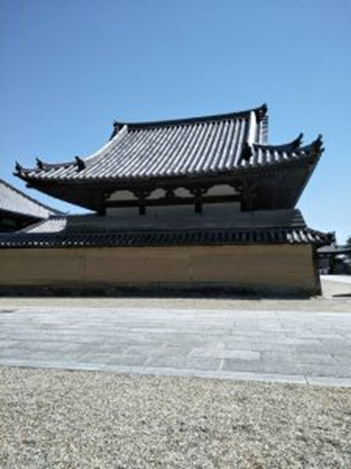
The first shot taken upon arrival
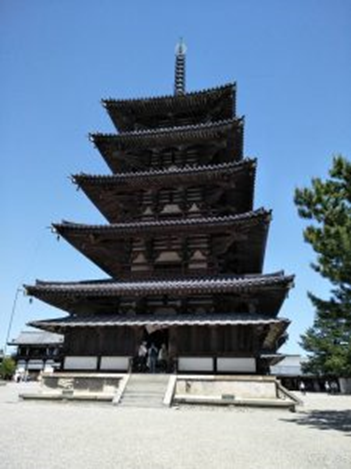
The five-storey pagoda
There were Japanese schoolchildren on a field trip while we were there. At the sight of this, it made me think hard of the kinds of field trips I had gone for as a child who studied the local Malaysian syllabus. Perhaps there were one or two memorable ones.
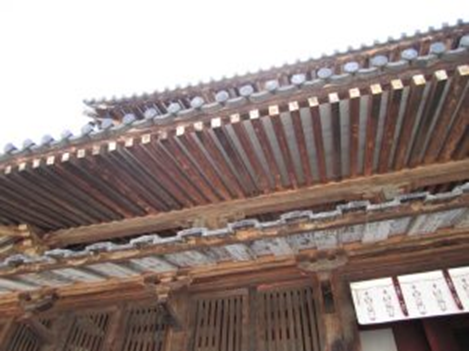
The roof of the main hall
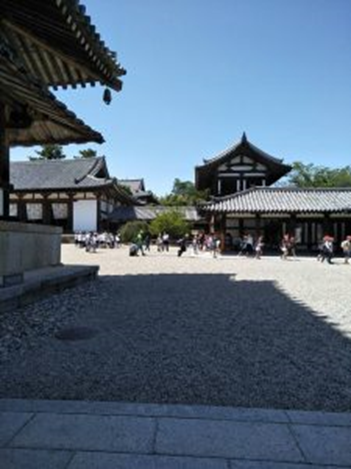
Spot the school kids
We left, after about an hour and a half at the temple.
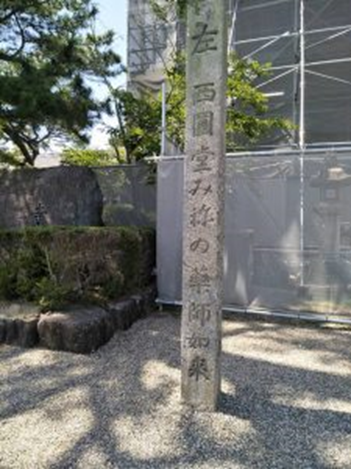
A sign we spotted on our way out
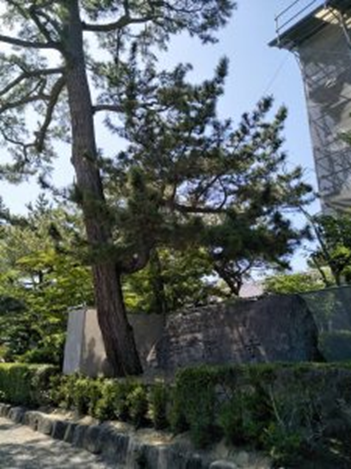
I like this ????
Now if you’ll excuse me, I need to grab hold of the book to read up on the temple’s history.
Definition:
UNESCO: United Nations Educational, Scientific, and Cultural Organisation, an agency under the UN that is headquartered in France. Its functions include fostering intercultural dialogue, implementing sustainable development policies and ideas, and working on making sure as many people gain the best in education.

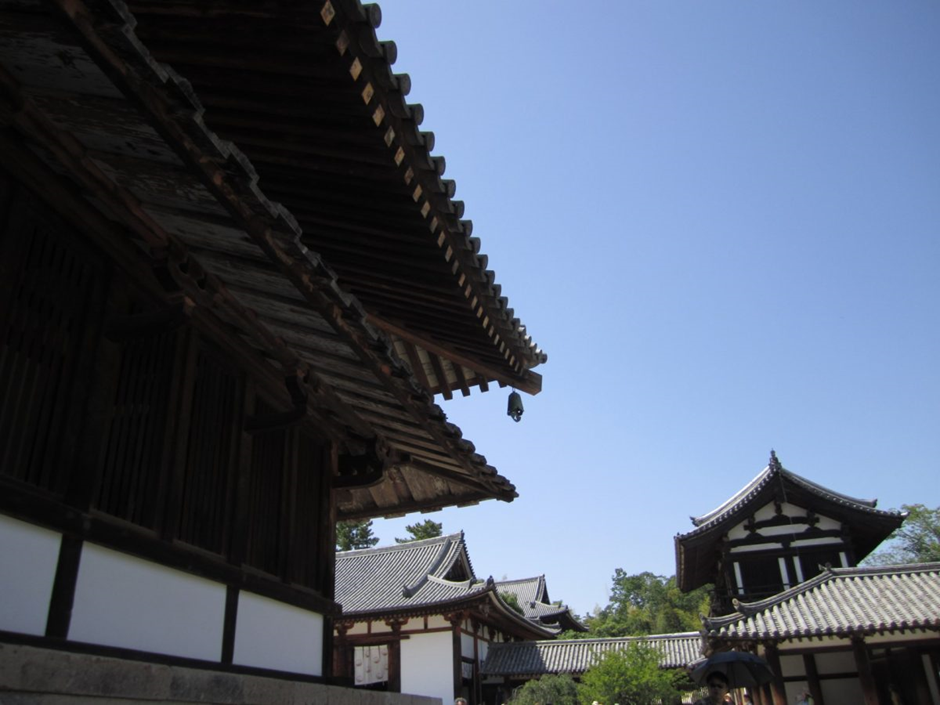













Showing 0 comments